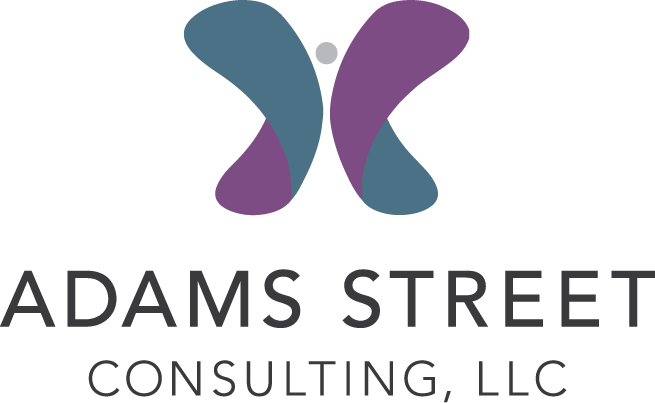I was very interested to read several articles discussing strategies that Obama’s female staffers have used to achieve greater gender parity in the White House. Women at the highest levels experience similar discrimination. In the original September 13, 2016 article in The Washington Post, Juliet Eilperin discusses how women working in the Obama White House worked together to make sure their ideas were fairly considered and accurately credited.
…female staffers adopted a meeting strategy they called “amplification”: when a woman made a key point, other women would repeat it, giving credit to its author. This forced the men in the room to recognize the contribution — and denied them the chance to claim the idea as their own. (Eilperin 2016)
I love to hear about women coming together and intentionally supporting one another to create a more inclusive environment. My career has been built on the support and mentorship of strong women.
While this type of article highlights women’s empowerment, it also points to the pervasive discrimination that traditionally marginalized groups experience in the workplace every day. An organization’s leadership and culture often discourage women, people of color, and other underrepresented groups from meaningfully participating in important professional spaces by not allowing them the same time to speak as those in power, who are frequently white men, or by not giving them credit for their own ideas. As part of an interactive “think tank” event that I co-facilitated for a wide range of organization development professionals, I gave participants the following scenario as an option for discussion:
A CEO brings you in to observe a strategic planning meeting involving several employees from different departments. You witness the CEO interrupting one of the female employees as she is finishing her thought. The CEO says “okay” to her and asks the group for additional ideas. After a few other ideas are shared, a male member of the group repeats the idea that his female colleague has shared previously. The CEO tells him that it is a great idea. As the meeting progresses, you notice female participants are routinely interrupted and the CEO is more likely to engage with ideas presented by male participants.
In the debrief of the small group discussions I asked how many people had experienced or witnessed the same situation and almost everyone raised their hands. This type of discriminatory practice is widespread. I have repeatedly experienced and witnessed this kind of exclusion at the hands of self-proclaimed progressive and liberal men. I have both been shut down myself and have spoken up for others to give credit back to the woman whose idea was co-opted.
While mutual support is crucial to create a more inclusive environment, as a strategy it has limitations. First, it can only work when there are multiple people who identify with the same identity profile and who are willing to support each other. What happens when you are the only woman or the only person of color in the room? In those situations, allies can be especially helpful, although those allies need to be especially clear who first came up with the idea so as not to co-opt credit.
Secondly, it places the responsibility for addressing widespread discrimination on the backs of those who are being discriminated against. All too often we rely on women to end sexism and people of color to stand up against racism when the responsibility for change should be on the organization and those perpetuating discriminatory practices. While I always encourage her to support and be kind to other children, when my toddler tells me that another child pushed her down, I do not ask her if one of her classmates stepped up to support her, but rather if her teacher helped her. In that situation, the teacher is responsible for creating a culture of kindness. In order for it to be effective in the long run, an organization’s leadership is responsible for setting the organization’s culture. A mutual support strategy should be just one part of a larger organizational commitment and intentional strategy to move towards equity.
The discrimination that is perpetuated through a subtle dismissal or co-opting of an idea is unlikely to be recognized as an act of oppression or a violation of employment law, and yet, these seemingly small actions contribute to a larger culture of inequity. Workplace discrimination comes in many shades and this is just one. To combat the culture of discrimination, organizations can develop and implement a comprehensive and intentional strategy that holds the organization and its employees accountable. These efforts must be inclusive of everyone in the organization and be championed at the highest level.
I applaud and encourage professionals to find support and comfort in their shared experiences. Be on the lookout for others who do not have that type of support and look for the opportunity to be an ally.
Is your organization interested in addressing a lack of diversity and inclusion? Need a place to start? Give me a call!

